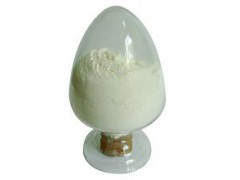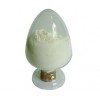Composite refining agent is the abbreviation for composite glass refining agent used in the glass industry. Composite refining agent is made by more than two materials based on high-temperature decomposition and gasification in the course of glass melting with proper formulation.
Composite refining agent can be divided into As-Sb and Arsenic-free types based on the arsenic content. Arsenic-free refining agent is green and environmentally friendly which is renowned by its green, environmentally friendly, safe and effective features which is the development trend.
The common features and usage methods of third-generation composite refining agent
1.The product is applicable to glass melting in oxidizing atmosphere;
2.It can effectively prevent solarization yellowing and darkening because of secondary process.
3.It can full play the clarification effect without strong oxidant and can effectively reduce the nitrate amount and Se-Co complementary agent amount.
4.It can reduce the volatilization losses of borosilicate glass.
5.It has a powerful synergistic action with other fining agents without bad effects.
6.It is innocuous, safe and convenient to transport and reserve.
7.The general amount is 0.4%-0.6% of the powder which can be equal to white arsenic. It can be used based on craftsmanship.
The scope of application for composite refining agent includes container glass,glass ball (alkali free,medium alkali), lighting glass, pharmaceutical glass, glass ceramics, electronic glass etc.
Usage and dosage
While using with crystal white material and high white material, per 100Kg vitreous humour (glass melted by pure powder) should adopt 1.0-1.2Kg.
While using with normal white material, green and brown material, per 100Kg vitreous humour (glass melted by pure powder) should adopt 0.8—1.0kg. In addition, per 100KG glass cullet should add 0.5kg fining agents.












